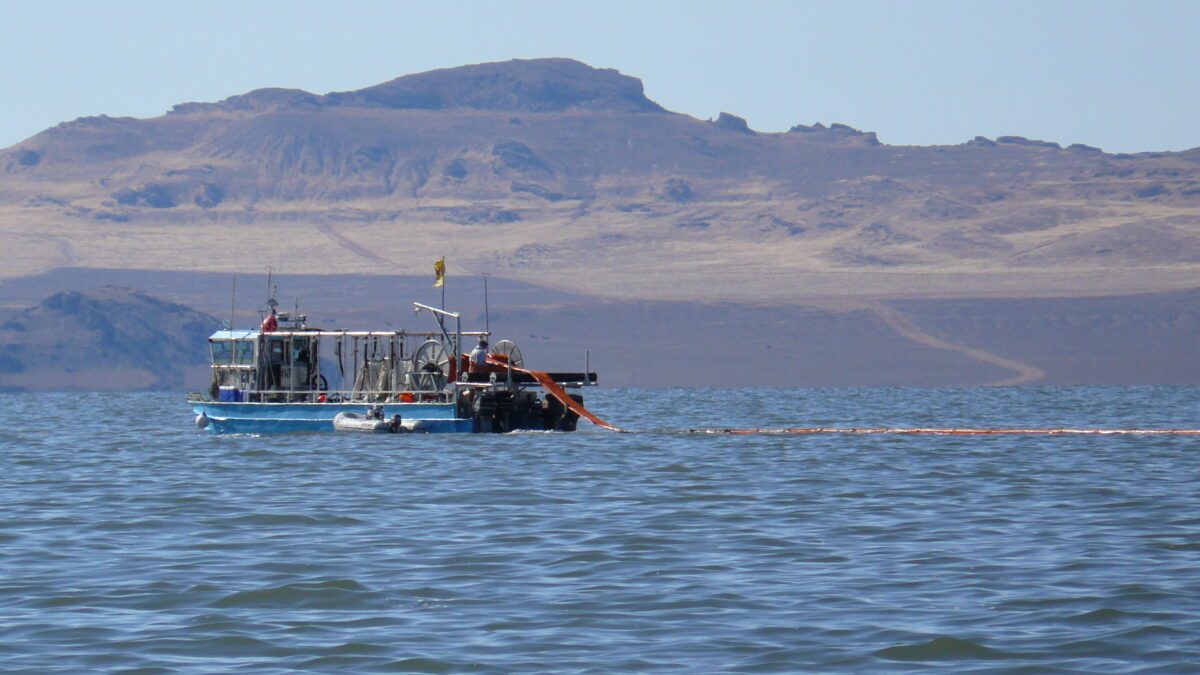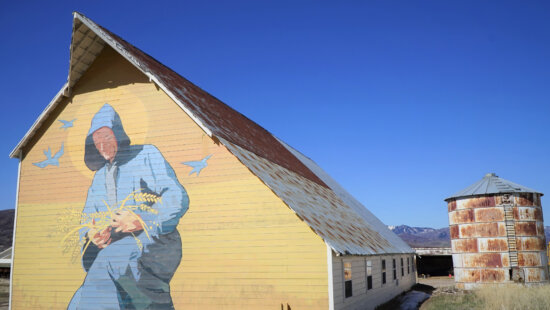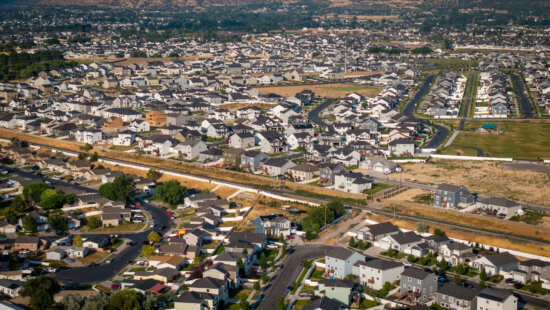Environment
Utah’s new plan for Great Salt Lake Basin ‘to ensure an ongoing, resilient water supply’

Industry harvesting brine shrimp at the Great Salt Lake. Photo: Courtesy of Utah Division of Wildlife Resources.
By: Kyle Dunphey, Utah News Dispatch
A new water management plan for the Great Salt Lake Basin was completed earlier this week, which the state hopes will ensure an ongoing, resilient water supply for northern Utah.
The Great Salt Lake Basin is comprised of five smaller basins — the Bear, Weber and Jordan rivers, Utah Lake and the West Desert. There are many models in each basin analyzing how water flows and eventually ends up in the Great Salt Lake. The recently completed plan is an attempt to merge each model together to better understand water resources across the entire Great Salt Lake Basin
“The Great Salt Lake holds a profound importance for Utah, serving as a critical element in our environment, economy and cultural heritage,” said Candice Hasenyager, Division of Water Resources Director, in a statement. “This finalized Work Plan marks a significant stride in our commitment to tackling intricate challenges in preserving and safeguarding this extraordinary asset.”
The plan is a result of an “unprecedented collaborative effort” between the U.S. Bureau of Reclamation, which helps manage water systems and develop water infrastructure projects, and the Utah Division of Water Resources. It’s funded by HB429, which passed the legislature in 2022 and allocated $5 million to the division to complete the plan.
The Bureau of Reclamation is also using $3.1 million from a recent program designed to analyze basins around the West.
“Aridification in the western U.S. is a pressing issue that demands collaboration and action,” said Wayne Pullan, the bureau’s Upper Colorado Basin Regional Director, in a statement. “Working together to find solutions that chart a path to a sustainable future for our water resources is essential for addressing the challenges that face the Great Salt Lake.”
The Division of Water Resources laid out the basics of the plan in a statement on Monday. It would:
- Assess the current supply of surface and groundwater — water found underground, sometimes in aquifers — in the Great Salt Lake Basin.
- Forecast for future water demands in northern Utah.
- Investigate the benefits of watershed restoration and forest management.
- Identify the best ways to provide a reliable water supply.
- Analyze the “trade-offs” in each river basin to assess the “costs and benefits” of meeting certain water conservation goals. That includes trying to avoid “deterioration of agriculture, industry and ecosystems.”
- Recommend strategies for “holistic” water management.
Documents from the division say the plan will “collaboratively explore options to address water supply imbalances, increase supply reliability and avoid degradation of the vital Great Salt Lake ecosystem.”
The plan identifies certain tools to be developed over the next two years — things like measuring water depletion, water metering, municipal and industrial conservation and agricultural optimization — that have also been incorporated into Utah’s Great Salt Lake Strategic Plan.
“The tools the Work Plan is developing will provide vital information and guidance as we work to get the Great Salt Lake to a healthy range and sustain it from there,” said Great Salt Lake Commissioner Brian Steed.
The Great Salt Lake has been declining for years — in 2021, it hit a historic low of 4,191.3 feet. The shrinking lake exposes toxic dust contaminated with arsenic that pollutes the air and can cause a number of diseases and health complications.
However, the current level of the south arm of the lake is now just over 4,194 feet, which surpasses last year’s high point, according to data from the state. There’s plenty of spring runoff to come, with current snow water equivalent — essentially the water content currently in the snowpack — at about 128% of the median for this time of year.
That has officials cautiously optimistic.
“It’s still not healthy,” said Steed during a media briefing in late March, “but it’s closer to healthy than we have been at any time really since 2019.”




















